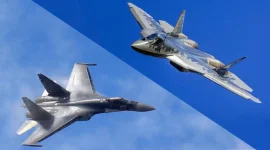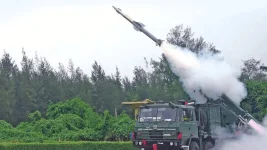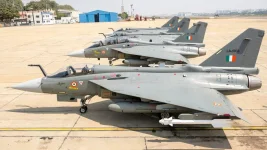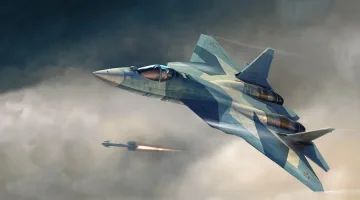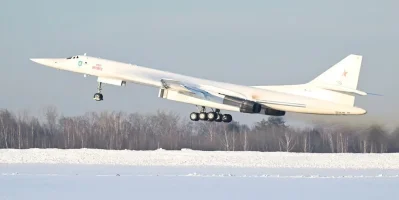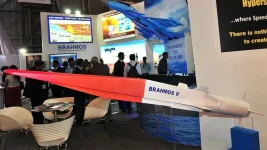- Views: 2K
- Replies: 9

India's pursuit of self-reliance in defence technology has gained momentum as the indigenously developed Short Range-Unmanned Aerial Vehicle-Weaponised (SR-UAV-W), also known as "Archer," is poised to undergo pivotal anti-tank missile evaluation trials in the near future.
Having successfully cleared its initial flight demonstrations, the Archer is now set to prove its mettle in the realm of weaponization. The forthcoming trials will focus on evaluating the UAV's ability to precisely launch and guide anti-tank missiles toward their intended targets. Utilizing dummy targets to replicate battlefield scenarios, these trials are crucial in determining the Archer's combat readiness.
The Archer UAV, equipped with cutting-edge technology, has been engineered to fulfill a diverse array of military needs. Its capabilities span intelligence gathering, surveillance, target acquisition, tracking, and reconnaissance (ISTAR), making it a valuable asset in enhancing situational awareness and bolstering battlefield intelligence.
One of the Archer's standout features is its exceptional operational range. With a flight ceiling of up to 22,000 feet and an endurance of up to 12 hours, this UAV is well-suited for extended missions. Moreover, it boasts an advanced Electro-Optical and Infrared (EO/IR) payload, enabling it to effectively identify and track targets even in adverse conditions.
The Archer's versatility is further amplified by its compatibility with the Ground Control Station developed for the Tapas UAV program. This strategic integration streamlines operations and boosts efficiency by eliminating the need for two separate Ground Control Stations.
The success of these upcoming trials carries significant implications. A successful demonstration of the Archer's capabilities could pave the way for its induction into the Indian Army and paramilitary forces, who have already expressed keen interest in this promising UAV. The Archer, if proven effective, could significantly enhance India's military capabilities and mark a substantial step towards greater self-sufficiency in defence technology.

